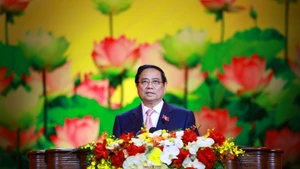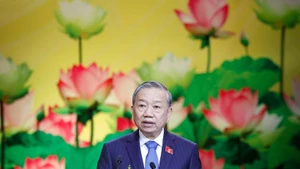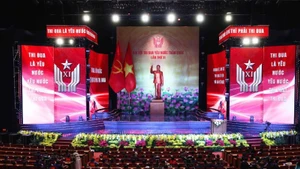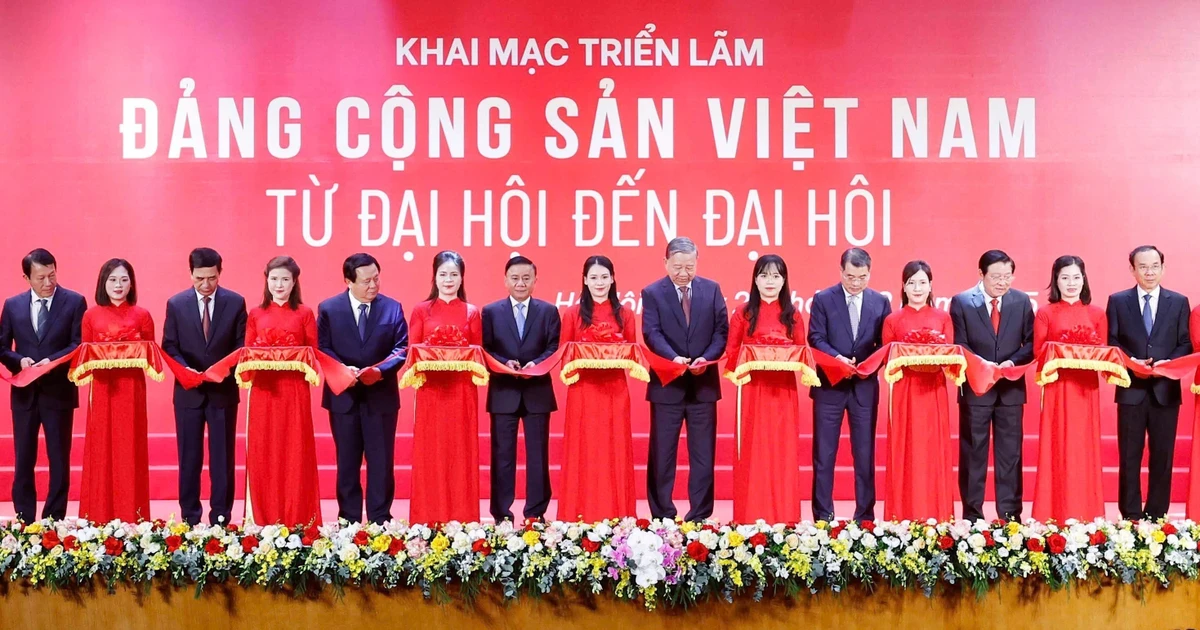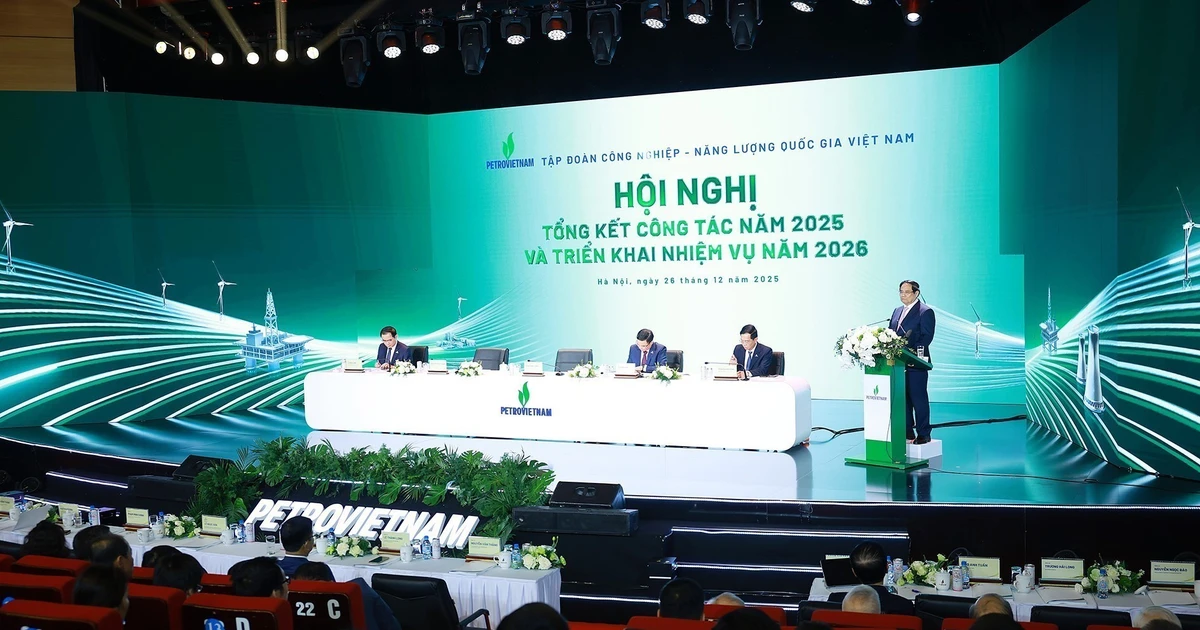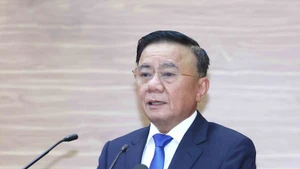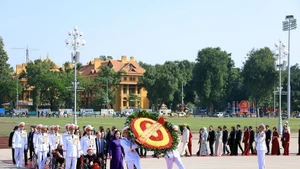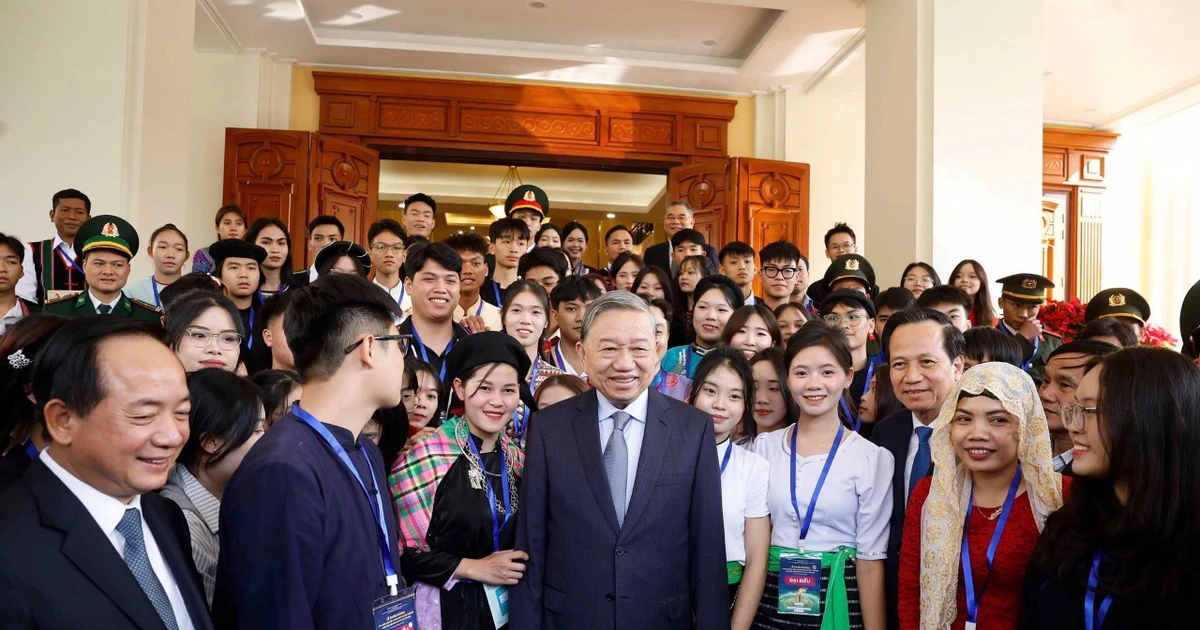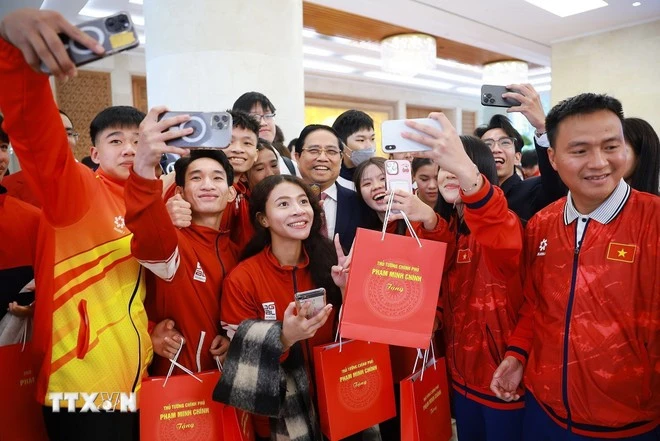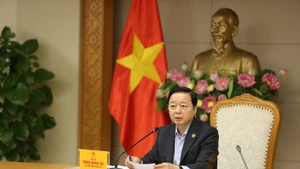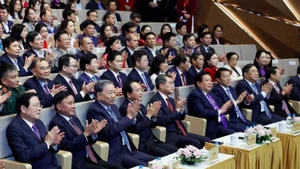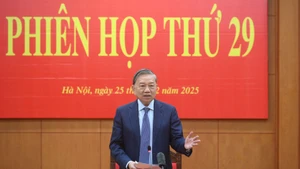At precisely 10 a.m., a solemn rally commenced as a giant red flag with a golden star was hoisted. On behalf of the Hai Phong Uprising Committee, Vu Quoc Uy proclaimed the abolition of the Japanese puppet administration and the establishment of the Provisional Revolutionary Committee of Hai Phong. After the rally, more than 100,000 people took to the streets in a massive show of strength, while cadres and self-defence units fanned out to take over the security camp, town hall, police headquarters, intelligence office, and other government buildings.
In Hue, the Thua Thien–Hue Uprising Committee had learned that the Tran Trong Kim cabinet planned a demonstration on August 23 to celebrate the “return” of the “Nam Ky” (South Viet Nam) to “Viet Nam”. Seizing the opportunity, the committee resolved to rise up that very day.

From the early morning, Hue was awash with red flags and golden stars as the last puppet government offices were occupied. At 4 p.m., 150,000 residents of Hue gathered at the central stadium for a massive rally. To Huu delivered an address hailing the victory of the uprising, greeted by thunderous cheers. The ancient capital blazed with revolutionary fervour in those historic August days, as victory was won swiftly and without bloodshed.
That night, Emperor Bao Dai received a telegram from the Viet Nam National Liberation Committee in Ha Noi demanding his formal abdication. The triumph in Hue symbolised the end of millennia of feudal monarchy in Viet Nam.

The victory in Hue provided strong momentum for uprisings across the central provinces. In Quang Binh, at 8 a.m., a mass rally took place in Dong Hoi. Before tens of thousands of participants, the Quang Binh Provisional Revolutionary People’s Committee was inaugurated, announcing the abolition of the Japanese-backed puppet feudal regime from province to village, the cancellation of unjust taxes imposed by that regime, and the introduction of new Viet Minh policies. The committee called upon all social strata to unite in building a new administration and a new life.
In Quang Tri, at 1 a.m., armed units entered the provincial capital, seizing all designated positions. Revolutionary demonstrators advanced into the town from many directions in a formidable show of strength. Protected by self-defence and armed units, the revolutionary forces marched in amongst a sea of flags and banners.
By 5 a.m., the red flag with a golden star was flying over the governor’s residence (formerly the French Resident’s Office).
At 9 a.m., a mass rally was held there with thousands in attendance. On behalf of the Quang Tri Uprising Committee, comrade Tran Huu Duc solemnly proclaimed the overthrow of the old regime and the establishment of revolutionary government. At noon, the Quang Tri Provisional Revolutionary People’s Committee issued Order No. 2, calling for immediate enlistment to form a liberation battalion of 1,500 soldiers with supporting units for communications, medical care and logistics.
Responding to the call, thousands of young people across the province joined up, giving birth to the first main-force unit of Quang Tri – the Nguyen Thien Thuat Battalion.
In the South, the Viet Minh mobilised the population to boycott a rally organised by the puppet “National United Front” to welcome Nguyen Van Sam, the newly appointed Imperial Commissioner of the South.
Following the swift success of the Tan An uprising, and with no Japanese response, the enlarged Southern Regional Committee meeting immediately resolved: “On the evening of the 24th, launch the uprising to seize power; on the 25th, mobilise about one million people from the inner and outer districts of Sai Gon, Cho Lon, and neighbouring provinces, chiefly Gia Dinh, Cho Lon, Tan An, Bien Hoa, and Thu Dau Mot, as well as delegations from other provinces, both to draw lessons and to receive new instructions. This will constitute a general armed demonstration to complete the seizure of power in the Southern capital.”

